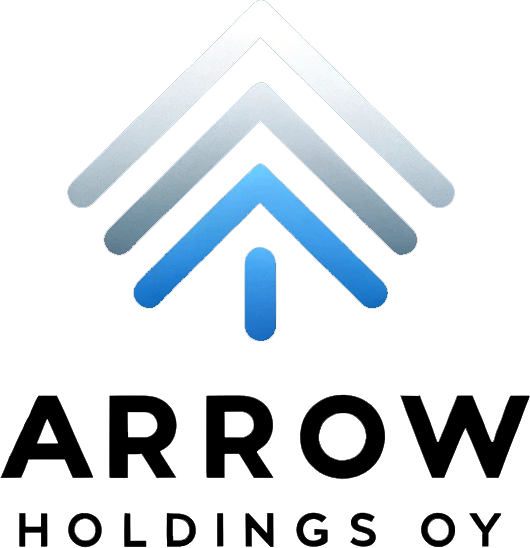In today’s hyper-connected world, our reliance on fast, stable internet connections is paramount. From streaming ultra-high-definition videos to powering global business operations, the demand for speed has never been higher. Central to this evolution in online speeds is the transformative technology of fiber optics. Let’s dive into the remarkable journey of fiber optics and its pivotal role in reshaping online experiences.
1. Setting the Scene: The Early Internet
Before we fully appreciate fiber optics, it’s essential to understand the world before it. The earliest form of the internet relied on dial-up connections. These used existing telephone lines, and while revolutionary for their time, were painfully slow, offering speeds averaging around 56 kilobits per second.
2. Enter Fiber Optics: A Game-Changer
Fiber optic technology, harnessing the power of light, marked a seismic shift in data transmission:
- The Science Behind It: Fiber optic cables transmit data in the form of light signals through strands of glass or plastic fibers. These fibers, thinner than a human hair, carry light signals over vast distances with minimal loss.
- Advantages Over Copper: Traditional broadband services utilized copper cables. However, fiber optics introduced significant benefits, including higher bandwidth capacity, longer transmission distances, and resistance to electromagnetic interference.
3. Milestones in Fiber Optic Evolution
- 1970s: Scientists Robert Maurer, Donald Keck, and Peter Schultz invented the first optical fiber with high enough quality to transmit light signals over long distances, paving the way for commercial applications.
- 1980s-1990s: The initial adoption of fiber optics primarily targeted long-distance telephone lines and transcontinental systems.
- 2000s: The explosion of the internet saw a shift in focus to broadband communication. Fiber-to-the-home (FTTH) installations began, bringing unparalleled internet speeds directly to consumers.
- 2010s-Present: With the advent of 4K streaming, cloud computing, and advanced online gaming, demand for higher bandwidth skyrocketed. Fiber optic connections have become the gold standard for high-speed internet, with some providers offering gigabit speeds.
4. Global Fiber Expansion and Economic Impact
The proliferation of fiber optic networks globally has had a profound economic impact:
- Empowering Businesses: Cloud solutions, video conferencing, and e-commerce platforms rely on fast, stable connections, enabling businesses to operate efficiently and compete globally.
- Driving Innovation: From the Internet of Things (IoT) to advances in telemedicine, reliable high-speed internet fosters innovation across sectors.
- Economic Growth: Studies consistently link broadband penetration with GDP growth, highlighting the broader economic benefits of enhanced connectivity.
5. The Future: Beyond Traditional Fiber Optics
As technologies evolve, so do the demands on our communication infrastructure. Quantum communication, which involves the transmission of quantum information, may require new forms of fiber or entirely new transmission mediums. Additionally, the integration of fiber optics with satellite and 5G technologies could further redefine the landscape of online connectivity.
Conclusion
The transition from the screeching tones of dial-up modems to the silent, blazing speeds of fiber optics marks one of the most transformative periods in communication history. As fiber optics continues to shape the digital landscape, one thing is clear: the thirst for faster, more reliable online experiences is unquenchable, and the journey of innovation is far from over.

